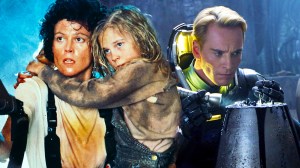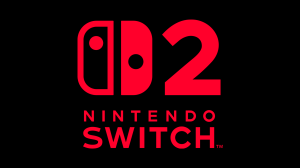Since its debut in the original Alien back in 1979, the xenomorph has been one of the most iconic creatures in all of pop culture. With its distinct, nightmarish appearance, it’s terrorized audiences for decades across multiple films, and now it’s leaving its mark on the small screen. Those who have tuned into Noah Hawley’s Alien: Earth might have noticed that there have been some tweaks to the xenomorph’s design. It’s still clearly the same species of monster that hunted the Nostromo crew, but there are a few noticeable, smaller changes. Now, Hawley’s explained how those tweaks came to be.
Videos by ComicBook.com
During an appearance on The Playlist‘s podcast Bingeworthy, Hawley shed light on the creative decisions behind the xenomorph’s design. “Some micro elements are different, just refining away from things that felt too much like a guy in a suit,” he said. “I wanted it buggier, creepier. For me, creepier is never pointy teeth. Creepier is flat teeth, because that would hurt—and the smile then becomes very human in a way that’s disconcerting.”
Alien: Earth Has Successfully Put Its Own Spin on a Classic Franchise

Hawley’s desire to tweak the look of the xenomorph for Alien: Earth is logical for a few reasons. From a technical perspective, it allows the show’s creative team to take advantage of how visual effects and filmmaking technology have evolved over the decades. When Ridley Scott’s Alien was released nearly 50 years ago, putting a guy in a suit was the best way to portray a being like the xenomorph. But now, filmmakers have the ability to make the xenomorph slightly more grotesque by giving it that “buggier” aesthetic Hawley was aiming for.
Making some minor changes to the xenomorph is also an illustration of Alien: Earth‘s larger goals. Since its debut back in August, the series has earned a considerable amount of praise for honoring the Alien franchise’s sci-fi/horror roots while simultaneously keeping things fresh. Whenever there’s a new installment in a long-running property like Alien, carving out a unique spin on established formulas and tropes is a necessity. When looked at in this way, Hawley’s tweaks to the xenomorph feel like a statement of what he and his team are trying to achieve, putting their own stamp on well-known iconography.
Of course, working with such famous iconography can be a double-edged sword, and Hawley was smart to ensure any changes to the xenomorph were minor. The version seen on Alien: Earth still rings true to what long-time fans are familiar with. If the show deviated too much from the core design, it could have rubbed viewers the wrong way, leaving Alien: Earth dead in the water before it even had a chance to take off. The response to the series proved Hawley and Co. have a firm handle on the Alien franchise, introducing a bevy of creepy new creatures and making key changes to franchise lore that pay off.
Premiering a year after the feature film Alien: Romulus became a box office hit, Alien: Earth has continued a hot streak for the franchise, getting it back on track after Scott’s polarizing prequel movies. It will be interesting to see how the property capitalizes on this momentum. If Alien: Earth continues to impress, a second season seems like a given. There are still some gaps in the franchise timeline before the original Alien film, which means Hawley and his team still have plenty of ground to cover to keep making tweaks to a beloved series.
What do you think? Leave a comment below and join the conversation now in the ComicBook Forum!









